|
|
TRIP TO THE MOON
& THESIS ABSTRACT
|
|
NOTES FROM PHILLIS:
|
The summary of David’s
PhD thesis (a 280 page project) was
only two pages. The thesis covered so
much ground and was so impressive, we
had hoped it might turn into a book
later. I think it could have been
popularized to that end, but David had
spent years on it already. The text
did generate a couple of articles.
Thus, the imperative to “publish or
perish” in academia was met.
The thesis theme was a good fit, as he
writes in a “confession” (following
the abstract), which I don’t think
ever appeared anywhere. The "Trip to
the Moon"article, adapted from his
thesis, appeared in Romance Notes,
Volume IX, Number 2, 1968.
—————————
THESIS ABSTRACT
THE UNITED STATES AND THE POETRY OF
LORCA’S GENERATION:
The impact of American Culture on the
“Generación del ’27.”
DAVID GERSHATOR
Thesis advisor: José Vidal
The Spanish poets who came to
prominence in the Twenties—now
regarded as the greatest efflorescence
of Spanish poetry since the Golden
Age—wrote some of their most
interesting and influential works in
and about the United States. This
study focuses on the impact of the
United States and in influence of
American literature, language, and
culture on the poetic works of José
Moreno Villa, León Felipe, Federico
García Lorca, Rafael Alberti, Pedro
Salinas, Jorge Guillén, and their
predecessors, Rubén Darío and Juan
Ramón Jiménez.
The Spanish poets who visited the
United States or who lived here in
exile felt the impact of North
American civilization in its most
concentrated form—New York. Although
their style, point of view, and manner
of expression differ dramatically, the
poets concur on the intrinsically
negative aspects of a materialist
society. But the culture symbolized by
Wall Street and Times Square was not
the only force to have an effect on
the Generation of ’27 in its American
phase. As a group, they expressed a
deep interest and admiration for the
major 19th century American
poets—Edgar Allan Poe and Walt
Whitman. And though their contact with
English was circumstantial and had
nothing to do with any strong cultural
attraction (such as the “Lost
Generation” or T.S. Eliot felt for
France), most of the poets made use of
English insertions and titles.
Contact with America, which effected
new realizations in their outlook and
brought out the social note as the
dominant one in their latter works,
also influenced their style and modes
of expression. Federico García Lorca,
for example—the central figure of this
Spanish Pléiade, experimented with
free verse and surrealism and, while
in New York, wrote a film script (the
only example of this genre in his
work) which has just recently come to
light. The other works considered in
this study are examined with reference
to the poets’ search for simple human
identity in an alien culture, their
reactions to the United States, and
the consequent amplification of their
social voice. Poeta en Nueva York,
the most important book to come out of
the American experience of Lorca’s
generation, is considered with
particular reference to contemporary
American poetry.
In an attempt to comprehend the nature
of their involvement with North
American civilization, the impact of
American culture on the contemporary
Spanish poets who lived and wrote in
the United States has, in this
dissertation, been studied
systematically for the first time.
Among the works studied are Darío’s La
gran cosmópolis, Jiménez’ Diario
de un poeta recíen casado.
Villa’s Jacinta la pelirroja,
Felipe’s Drop a Star, Lorca’s
Poeta en Nueva York and
Trip to the Moon, Alberti’s 13
bandas y 48 estrellas and
Signos del día, Salinas’
Error de cálculo, Civitas Dei, Todo
más claro, and Guillén’s Cántico
and Clamor.
————————
“CONFESSION”
Introductions sometimes start with
confessions, but I find that have no
sins of omission, commission or others
to get me off to a flying start at the
confession box. What I do wish to
admit is nothing startling: this work
grew out of a long standing interest
in poetry and especially in García
Lorca and Hart Crane. These two men
wrote and weren’t writers: they were
poets of the born not made variety.
This birthright or biological aspect
of their being gives them a basic
unity. Any other unities are
coincidental but spring up naturally
in a comparison of their nature and
poetry.
Lorca taught me to love Spanish. That
is, I read his poems in a New
Directions book from the public
library and touched a man. Crane
taught me the angst of Orpheus as an
American: an American in love with
Atlantis and points East and West of
the Ultimate and the Ideal. Both men
were involved with ideals in capital
letters: Art was their ultimate faith.
And both taught me Death: also in
capital letters.
I came to Lorca first and to Crane
second, Lorca being easier to
comprehend but Crane hitting closer to
home. Closer to home simply because of
physical proximity, the Brooklyn
Bridge being a couple of miles or so
south of home in the Brooklyn slum,
where I picked up lessons on
industrial society practically from
the chimney’s mouth. Crane’s vision
somehow redeemed the chaos of the
desolating skyline surrounding my
tenement. Lorca’s New York was often a
foreign country to me until I could
tame its symbols, but the rush hour
impact of his long line struck an
immediate response.
So much for my psychic credentials.
Academically speaking, that’s the how
and wherefore of my interest in Poeta
en Nueva York and The
Bridge.
***
|
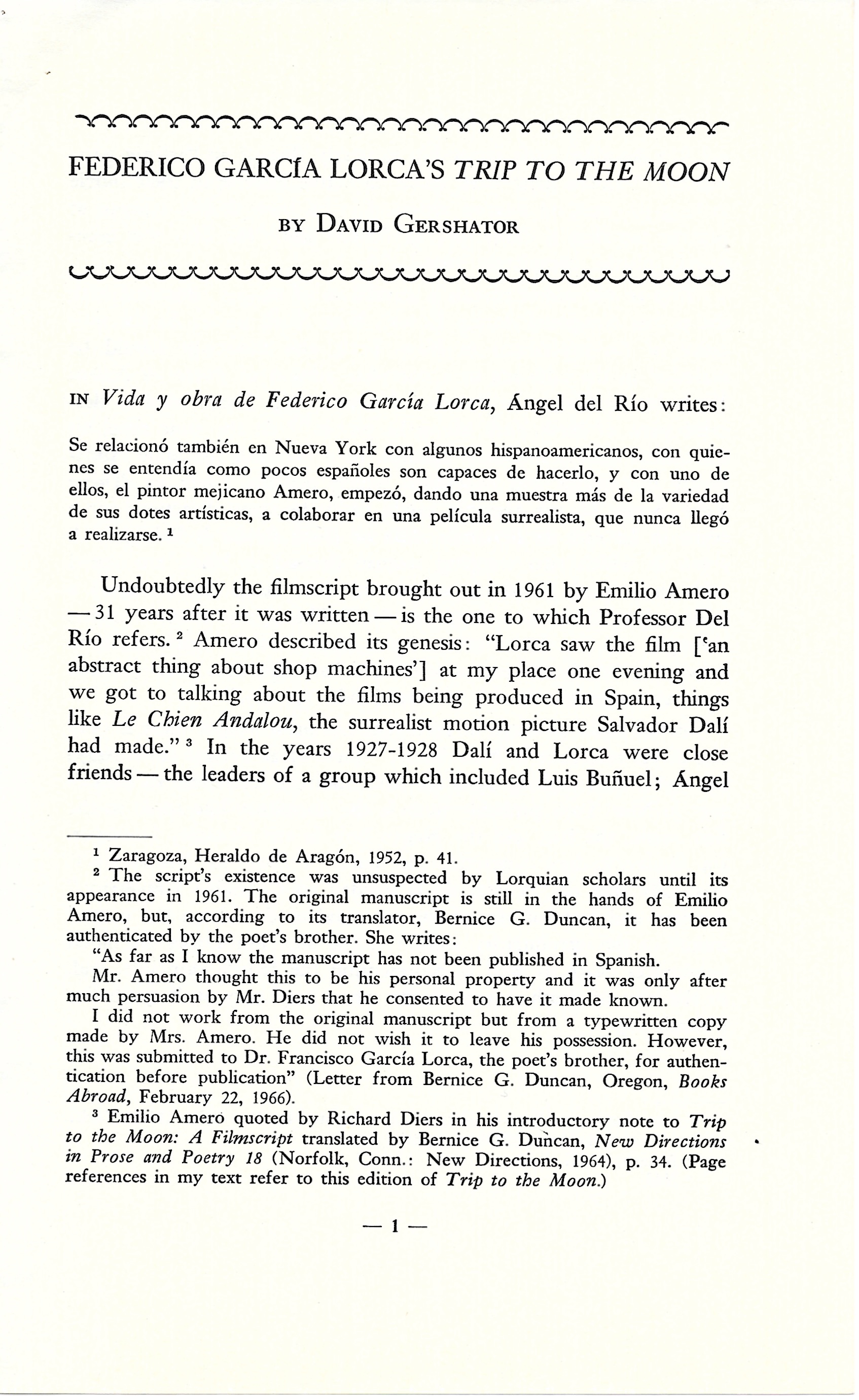
|
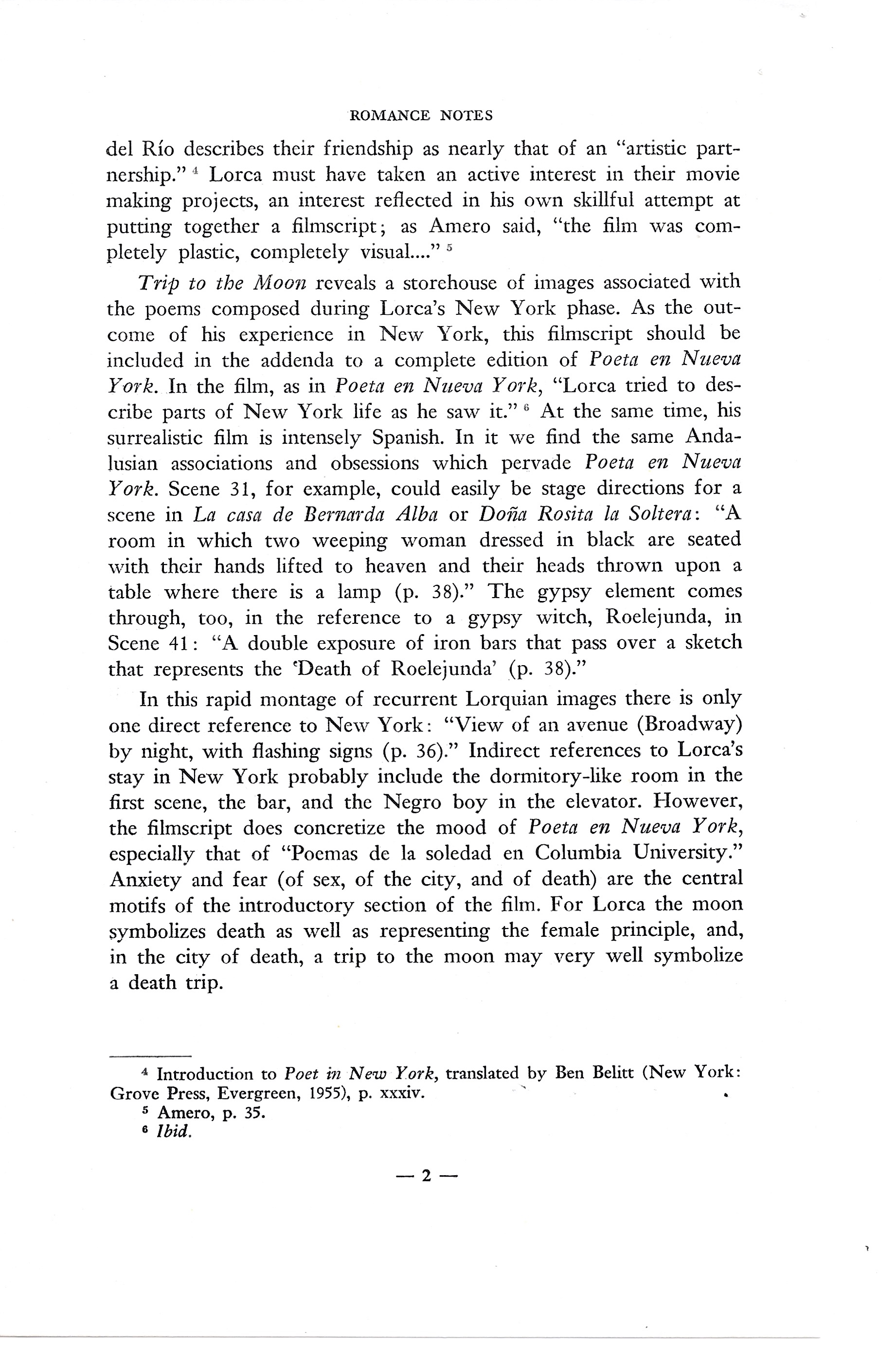
|
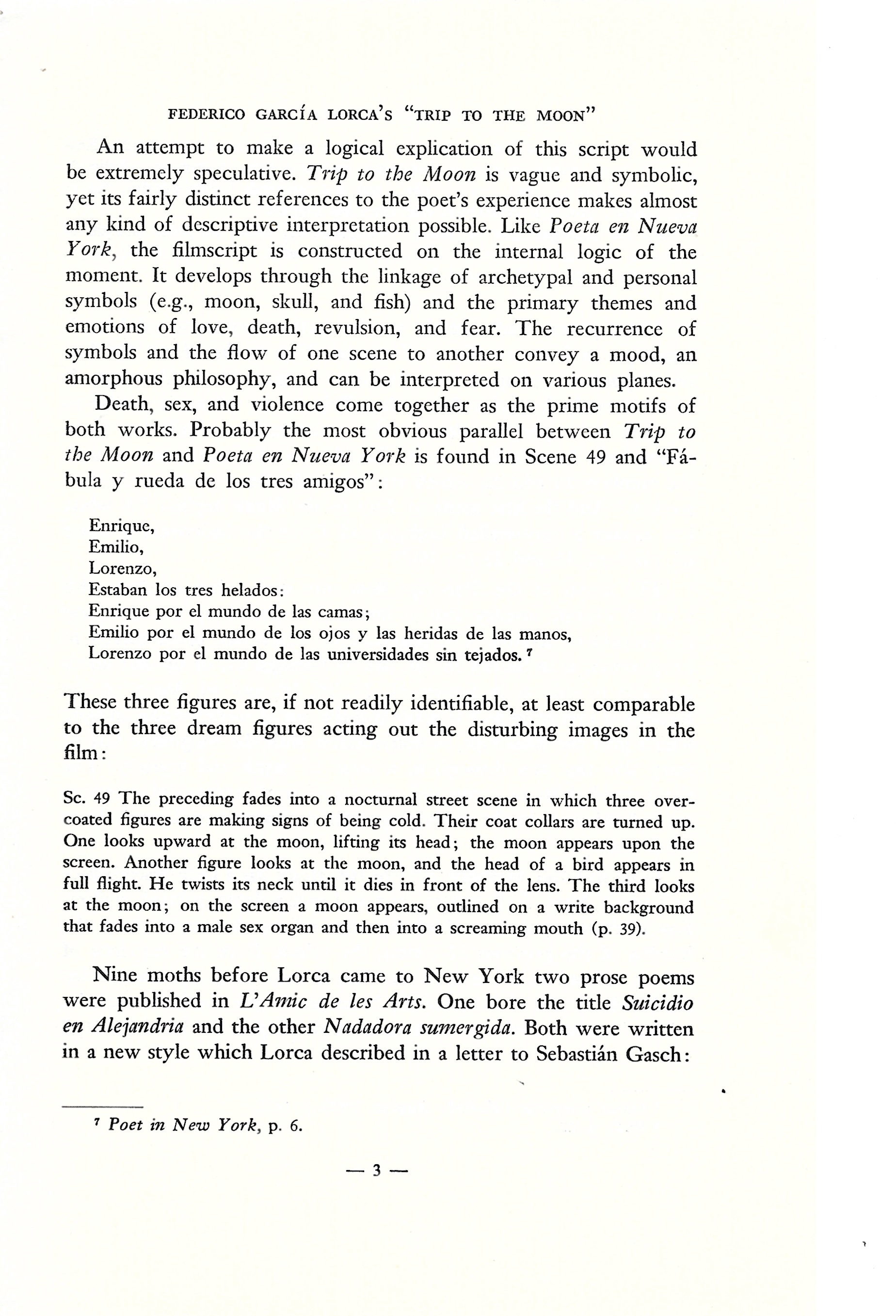
|
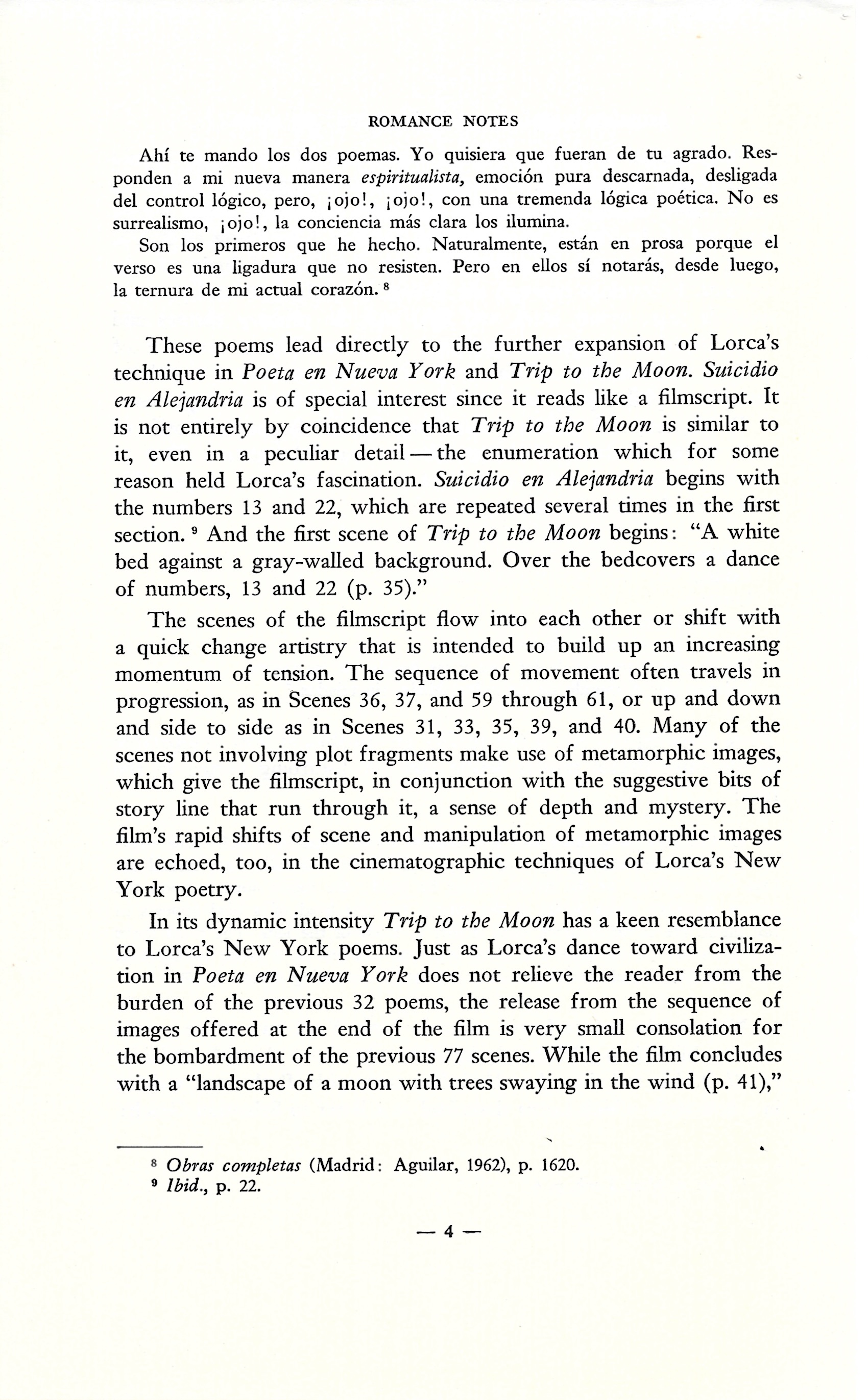
|
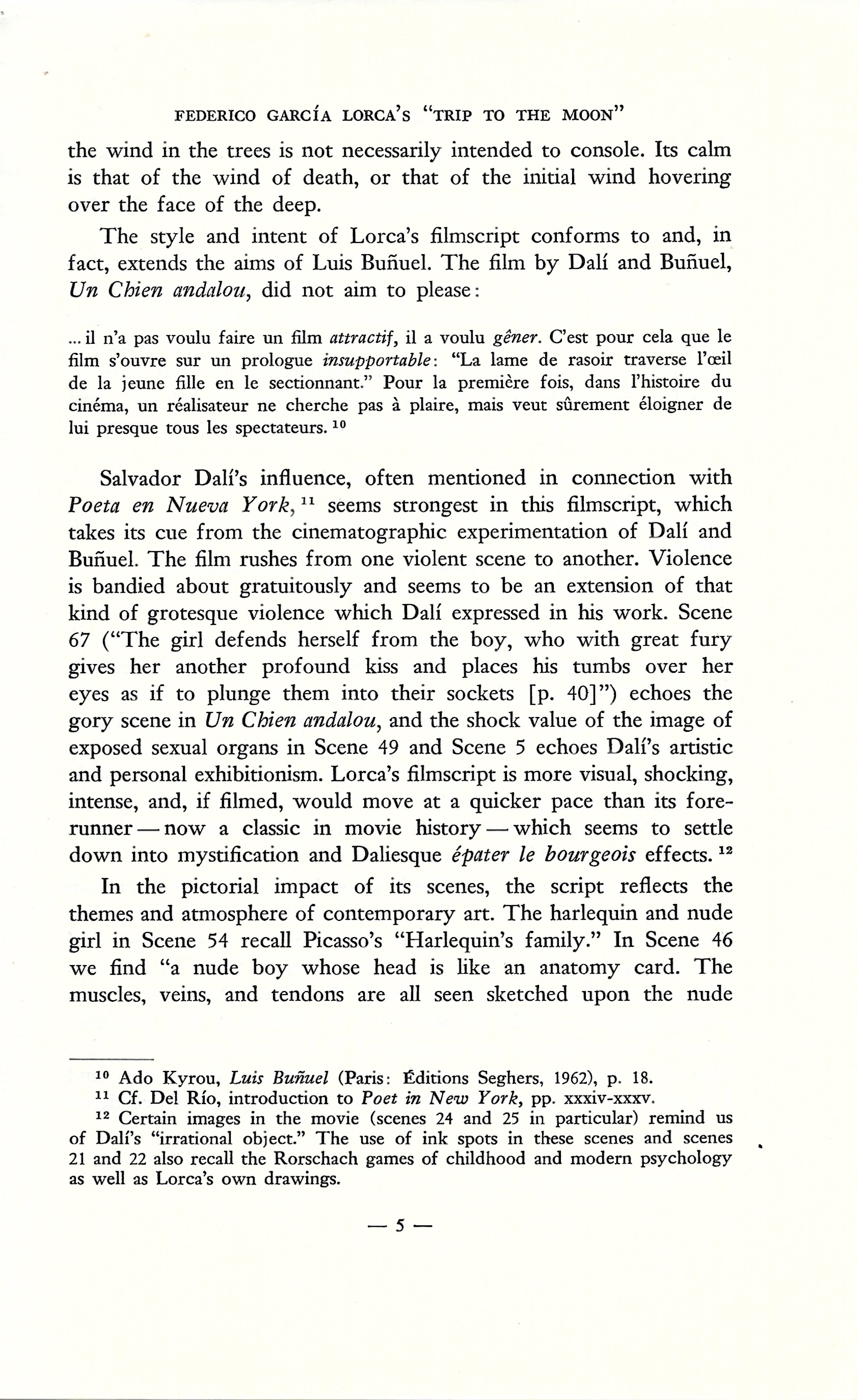
|
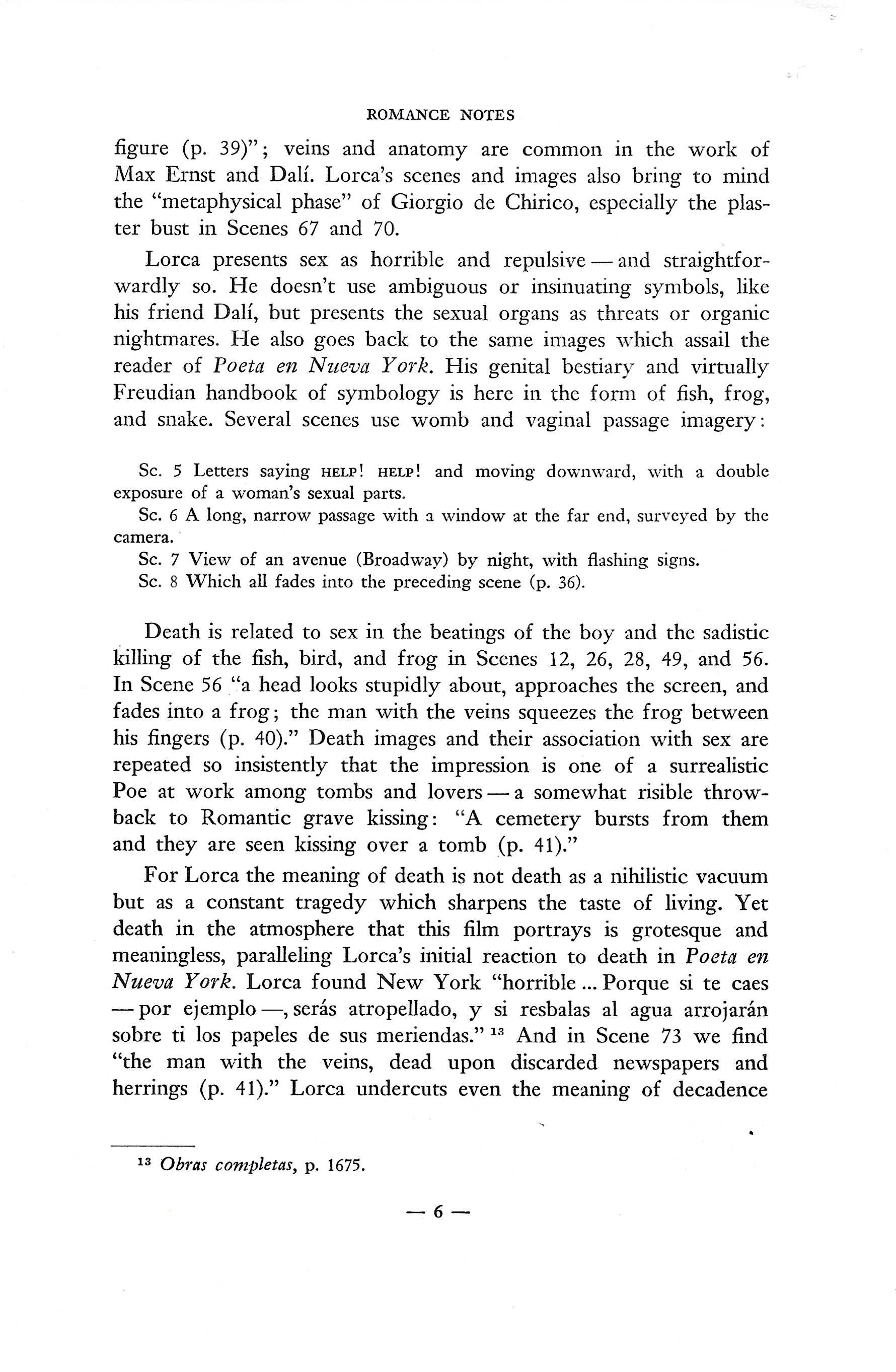
|
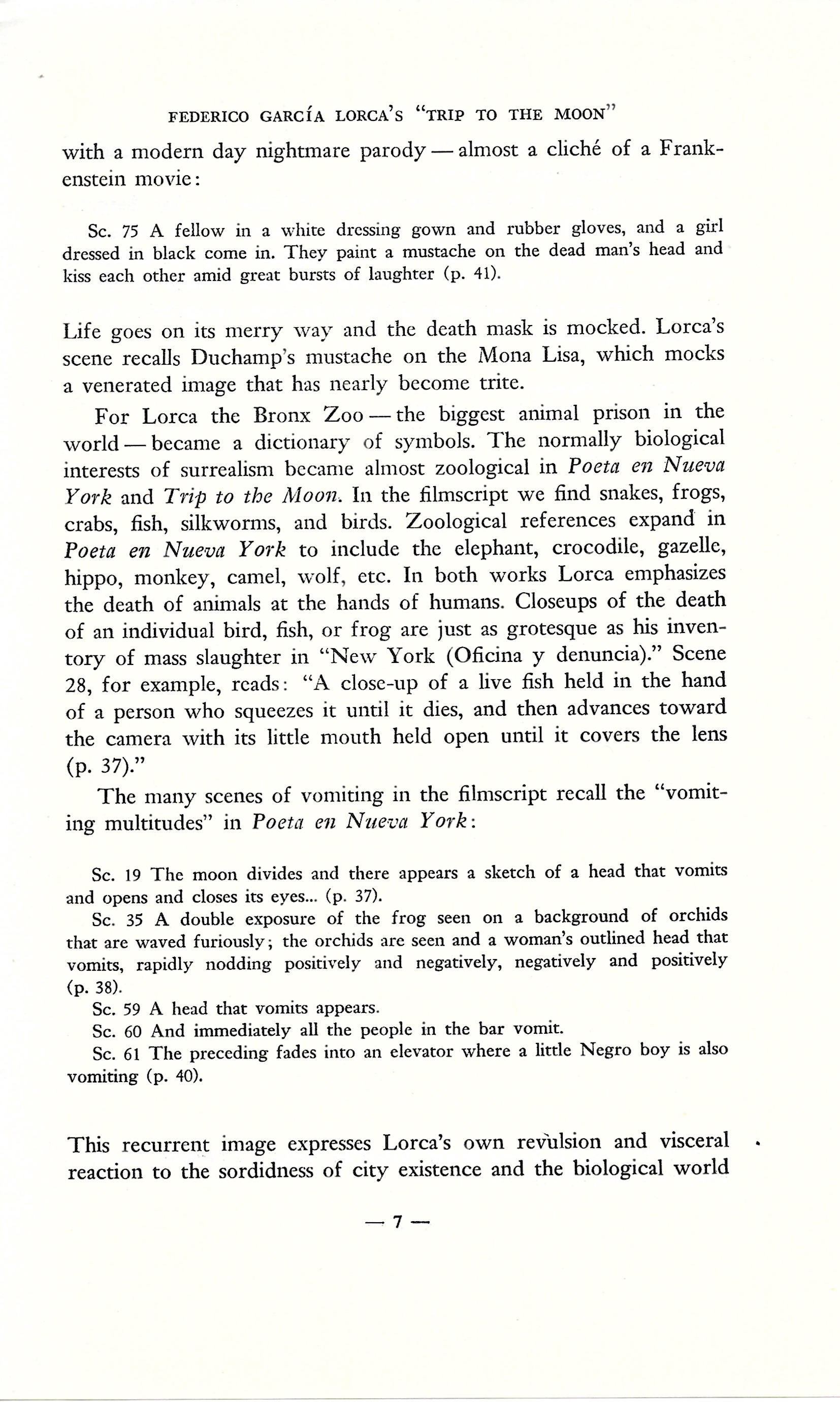
|
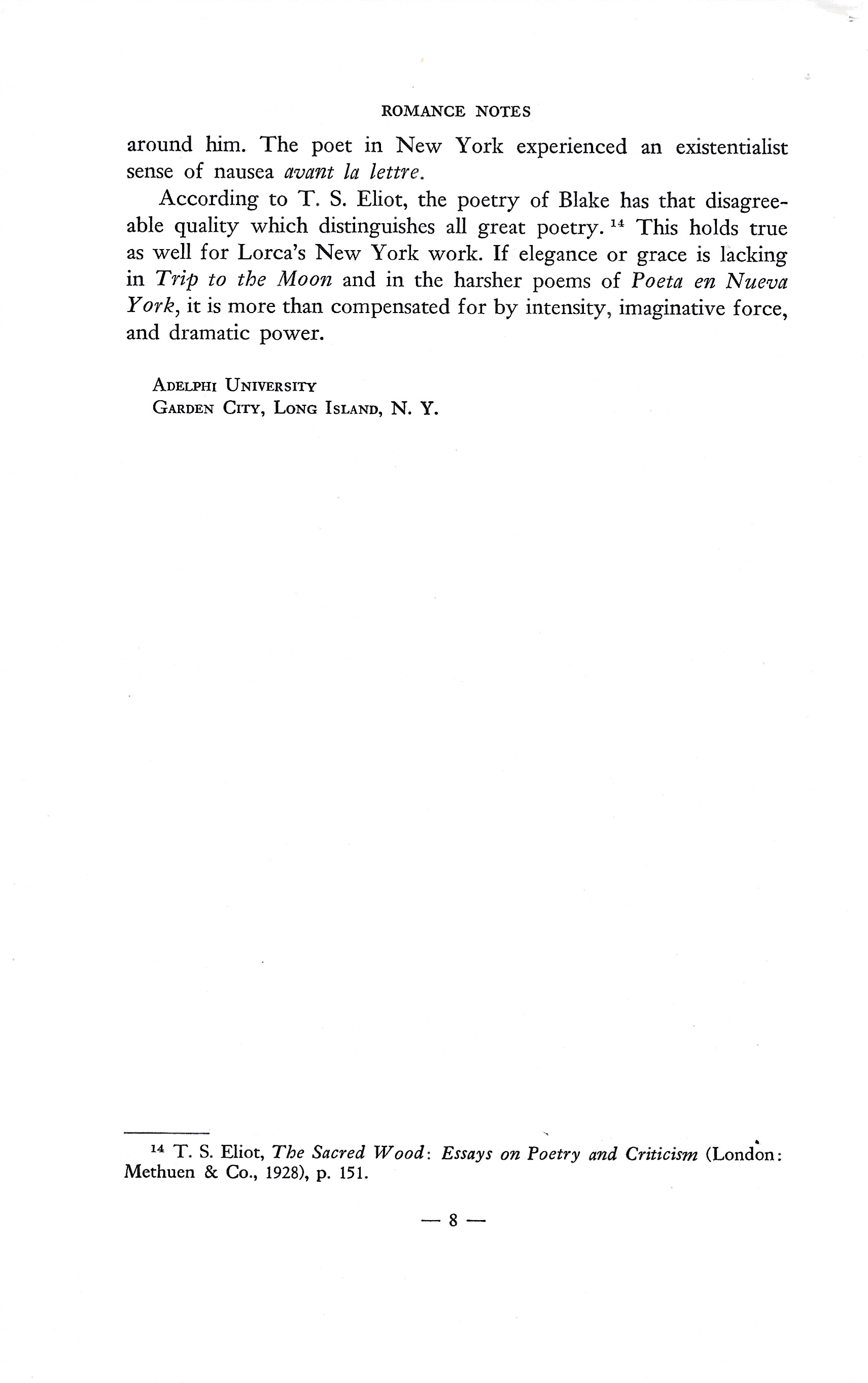
|
|
|
|
|
|